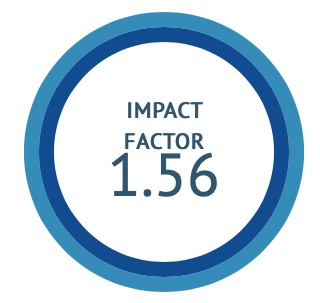Acute Oral Toxicity Study of Lepidagathis keralensis Madhus. & N.P.Singh
DOI:
https://doi.org/10.47552/ijam.v14i4.4058Keywords:
Toxicity study, Rats, Lepidagathis keralensis, Aqueous extract, OECD 425 guidelineAbstract
Systematic documentation of local health tradition related knowledge is important for validating and preserving medicinal heritage of any place. Lepidagathis keralensis Madhus. & NP Singh. is a species belonging to Acanthaceae family It is a perennial, prostrate, woody herb tenaciously attached to hard laterite soil. It is used by traditional practitioners of North Malabar for various ailments. Safety is of primary importance as far as any drug is concerned. No scientific data is available on the safety profile of this drug. Acute Oral toxicity study is the foremost step among toxicity studies. Hence this study was taken up. Aim & objective: To assess the Acute Oral Toxicity of water extract of Lepidagathis keralensis Madhus. & NP Singh. Materials and methods: Aqueous extract of the drug was orally administered in Wistar albino rats at different dose levels and various parameters for signs and symptoms of gross behavioural and physical changes starting from 30 minutes to 48 hours at various intervals were observed. Results and observations: The drug did not produce any signs of toxicity and mortality upto the dose of 2000 mg/kg in rats. Hence this drug which is extensively in use among traditional practitioners can be further studied and brought forward to main stream.
Downloads
Published
How to Cite
Issue
Section
License
Copyright (c) 2024 International Journal of Ayurvedic Medicine

This work is licensed under a Creative Commons Attribution 4.0 International License.
The author hereby transfers, assigns, or conveys all copyright ownership to the International Journal of Ayurvedic Medicine (IJAM). By this transfer, the article becomes the property of the IJAM and may not be published elsewhere without written permission from the IJAM.
This transfer of copyright also implies transfer of rights for printed, electronic, microfilm, and facsimile publication. No royalty or other monetary compensation will be received for transferring the copyright of the article to the IJAM.
The IJAM, in turn, grants each author the right to republish the article in any book for which he or she is the author or editor, without paying royalties to the IJAM, subject to the express conditions that (a) the author notify IJAM in advance in writing of this republication and (b) a credit line attributes the original publication to IJAM.




